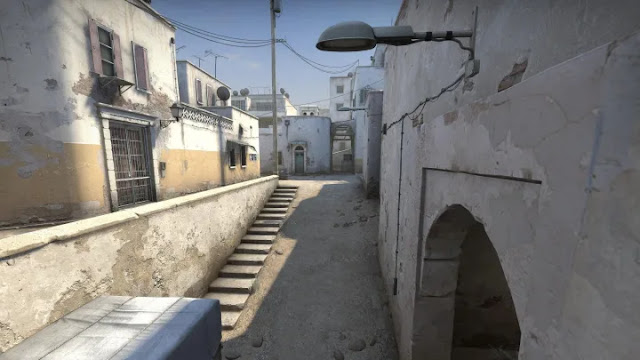Counter-Strike: Global Offensive (CSGO) is one of the most popular first-person shooter games. With millions of players around the world, it’s no surprise that the game has become so popular. One of the reasons why CSGO is so fun to play is because of its maps. There are several different maps in the game, but none as iconic as Dust 2. This map has been a classic since its introduction in 2001 and is still played by many people today. But what makes Dust 2 so special? The answer lies in its callouts. In this blog post, we will take a look at some of the common callouts used on Dust 2 and how they can help you become a better player.
What is the map dust 2?
Dust 2 is a map in the Counter-Strike series that is widely considered to be one of the most balanced and iconic maps in the game. It is a symmetrical map with long lines of sight and small choke points, making it perfect for both attacking and defending. Dust 2 has been featured in every Counter-Strike game since its release, and has been played in nearly every professional match.
What are callouts?
In Counter-Strike: Global Offensive, a callout is a specific location on the map that has been given a unique name. Callouts are used to help players communicate with each other during matches and can be particularly useful when calling for strats or giving directions. The most common callouts are for specific sites, such as A site or B site, but there are also many others for key locations such as dropdowns, chicken coops, and catwalks. Knowing the callouts for a map can give you a significant advantage over your opponents.
The different types of callouts
There are three different types of callouts in Counter-Strike: Global Offensive. The first type is the most basic and simply tells your team where an enemy is located. The second type gives more information about the enemy, such as what weapon they are using or how many there are. The third type is a special callout that can be used to warn your team about something specific, like a grenade being thrown.
How to use callouts
In order to use callouts effectively in Counter-Strike: Global Offensive, you need to first understand what they are and how they work. Callouts are simply a way of referring to specific areas on the map, usually by using abbreviations or acronyms. For example, “B Site” is a common callout for the bombsite located at the bottom of the map de_dust2.
This system of calling out locations is important because it allows players to communicate quickly and efficiently without having to describe the location in detail. It also helps everyone to be on the same page, especially when things are happening fast.
There are many different callouts for each map, and some maps have more callouts than others. The most important thing is to learn the most common and basic callouts for each map so that you can at least be understood when communicating with your team. From there, you can learn more specific callouts as needed.
Here is a list of some common CS:GO callouts:
• A Site – The bombsite located at the top of the map de_dust2.
• B Site – The bombsite located at the bottom of the map de_dust2.
• CT Spawn – The Counter-Terrorist spawn point on any given map.
• T Spawn – The Terrorist spawn point on any given map.
Conclusion
Dust 2 is one of the most popular maps in CS:GO, and its callouts are essential to mastering it. Knowing these callouts will give your team an edge when playing on Dust 2, as you can quickly and accurately communicate where enemies are or where a push should happen. There’s no need to memorize all the locations but brushing up on them from time to time won’t hurt either! Have fun experimenting with different strategies on this iconic map!













No comments:
Post a Comment